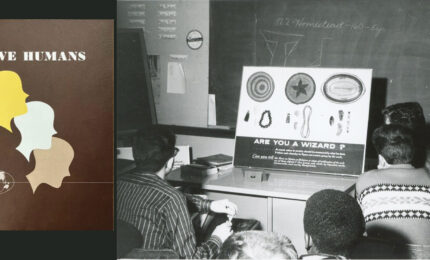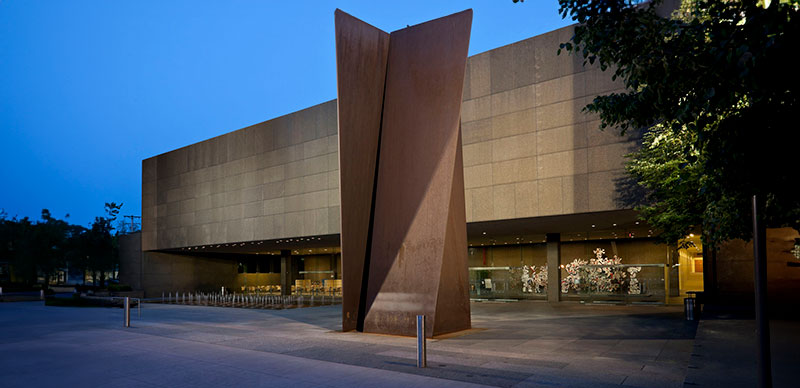
Photo: Josh Franzos
Nia Arrington has never been one to stay silent in the face of injustice. In the fourth grade, she learned about the devastating earthquake ravaging an already suffering Haiti and organized a coin drive that raised nearly $1,000. In her junior year at Pittsburgh Creative and Performing Arts School (CAPA), she led a walkout over the nomination of Betsy DeVos as the nation’s education secretary, and this past school year she helped organize a local youth-led march against gun violence as part of the Never Again movement. In rallies throughout Pittsburgh, the 19-year-old can often be seen on the front lines, seeking justice for Antwon Rose II, a 17-year-old Woodland Hills student who was fatally shot in the back by an East Pittsburgh police officer, and standing up for women’s rights. “Just being black, there is a certain level of consciousness you have navigating the world,” Arrington says. “A lot of my activism comes from my own life experiences, seeing people like me being persecuted and under attack.” She also traveled to Columbine High School on the 19th anniversary of the school massacre. But it wasn’t until the passionate activist joined the Youth Arts Council at The Andy Warhol Museum that she started identifying as an artist, too. There, she and other young people from eight area high schools spent a year connecting with the museum, art, and one another. They curated a youth art exhibition exploring contemporary social justice issues. For the show, Arrington created a large canvas featuring the photographs of 11 classmates, all young women of color. Titled This is What They Told Me, the faces are paired with “microaggressions” the youth have endured, such as, “Wow, you’re not mixed? You’re so pretty.” Showing her work at The Warhol, she says, helped expand her voice and her reach.
How did participating in the Youth Arts Council influence your activism?
It gave me a platform to create art that was political. Prior to that, I hadn’t really made anything solid. I had a sketchbook and made little crafts. But I never had anyone take it seriously and actually make me want to do something.
I learned kids care no matter where they come from. When we introduced the idea of “Stay Woke” [as an exhibition and event theme], everyone embraced it. These kids are coming from suburban schools, private schools, public schools. Some kids lived 45 minutes away. It wasn’t just us kids from the city who are outraged. It taught me youth are very powerful.
How did showing your art at The Warhol help you reach a new audience?
In a museum, there is not a Democrat or Republican checkbox. You just walk into the museum. A lot of people who saw my work probably never heard the word microaggression. I think I reached people I wouldn’t ordinarily reach.
What role did Youth Art Council members play in planning Stay Woke?
For the exhibition, we came up with the theme and selected and created the artwork. For the event, we judged the bands that got to perform. They gave us a lot of responsibility that most people wouldn’t give high school students. The Warhol and Carnegie Museums
really support youth and give youth an artistic outlet.
Do you plan to make other activist art?
Yes. After the death of Antwon Rose, my friends and I thought, “What can we do as an artist response?” We are thinking of covering a space with rose petals through Downtown or near his neighborhood or where he was killed.
Do you think young people are becoming more politically involved?
I think the tide is turning. Students everywhere are rising up. We don’t like how the schools are. We don’t like how the world is after we leave school. A lot of the injustices are happening to youth. Youth don’t have the power to vote. Kids are saying that protesting and getting on the news may be the only way to get heard.
What was it like to travel to Columbine and meet survivors of school gun violence?
It was interesting and disheartening. We were all there to talk about death and these gruesome events. But survivors of one tragedy were there to help others in another tragedy. They said, “We are here for you. We know what you are going through.” They gave them words to heal with.
After a possible gap year, you plan to attend the University of Toledo. What will you study?
Law and social thought, which is a bachelor’s degree program, pre-law track. I think I do want to go to law school. But I see myself organizing for the rest of my life. I think my heart lies in organizing and fighting for the liberation of women and oppressed folks.






